Discover the dynamic lifestyle of city living in this comprehensive guide. From urban conveniences and cultural diversity to smart city innovations and wellness trends, this article explores how city life shapes personal and social routines. Learn the perks and challenges of living in bustling urban centers where career opportunities, entertainment, and connectivity thrive.
Understand how city dwellers balance fast-paced environments with mental well-being and community engagement. Whether you’re planning a move or love the city vibe, explore the full spectrum of the lifestyle of city today.
Introduction: Understanding the Lifestyle of City
The lifestyle of city is not merely about where people live; it’s a reflection of how they live, work, interact, and evolve within the urban ecosystem. In every corner of the world, cities stand as symbols of progress, diversity, and energy. They are melting pots of cultures, technology hubs, economic centers, and lifestyle trendsetters.
As more individuals migrate to urban spaces in search of better opportunities, understanding the nuances of the lifestyle of city becomes increasingly relevant. In this article, we’ll dive into what defines city life, explore its daily routines, benefits, pressures, and how to thrive within its vibrant framework.
The Pulse of Urban Convenience
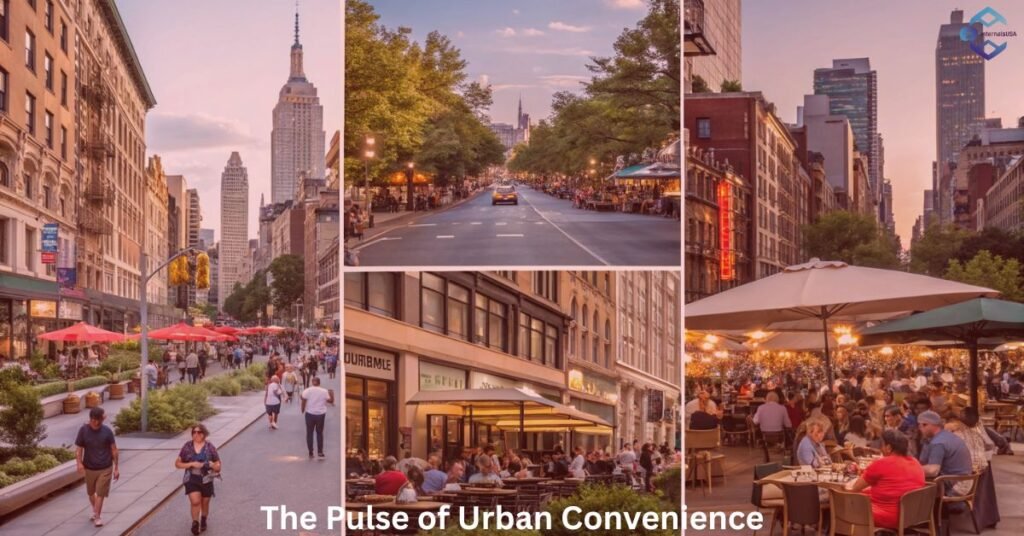
One of the primary appeals of the lifestyle of city is the remarkable ease of access to everything. Urban infrastructure is intentionally designed to accommodate human needs efficientl from healthcare and education to entertainment and transportation.
City dwellers benefit from 24/7 supermarkets, mobile service apps, metro lines, and shared mobility solutions like e-scooters and ride-hailing services. This enables people to save time, reduce personal vehicle dependency, and navigate their routines effortlessly.
Examples of urban conveniences include
- Metro networks that connect suburbs to city centers
- Mobile banking and contactless payment services
- Nearby cafés, gyms, clinics, and salons
- App-based food delivery and parcel tracking
These conveniences create a seamless flow in daily life, distinguishing the lifestyle of city from rural or suburban living.
Diversity and Cultural Immersion
Cities are home to people from various cultures, ethnicities, and social backgrounds. This cultural richness adds depth to the lifestyle of city, allowing residents to engage in global traditions, cuisines, festivals, and languages without ever leaving their neighborhood.
You might attend a Japanese tea ceremony on Saturday and an African drum circle on Sunday. City museums, theaters, and libraries are repositories of both ancient knowledge and modern creativity.
Benefits of cultural diversity
- Access to multicultural cuisines and fusion dining
- Celebration of international festivals and traditions
- Inclusion and tolerance through cross-cultural understanding
- Opportunities for language learning and international networking
Cultural integration strengthens community spirit and personal growth, making the city a living classroom of global perspectives.
Career Growth and Professional Development

Cities are economic engines, offering a wide range of career opportunities across sectors such as finance, media, technology, healthcare, and fashion. The lifestyle of city empowers ambitious professionals to find internships, jobs, mentorships, and entrepreneurial ecosystems within minutes of their homes.
This environment is highly competitive, but it also fosters skill enhancement and innovation. Startups, coworking spaces, and networking events are abundant, creating a conducive climate for growth and collaboration.
Challenges include
- High competition and stress
- Time constraints due to workload and commute
- Pressure to constantly upskill
Nonetheless, city dwellers often learn resilience and agility, equipping themselves to adapt in fast-changing professional environments.
Education and Learning Opportunities
Cities are renowned for housing top-tier educational institutions. From early childhood development centers to Ivy League universities and specialized training schools, urban centers offer access to quality education for all age groups.
Additionally, cities often host workshops, public lectures, digital literacy courses, and exhibitions that promote continuous learning, essential for modern career paths and personal development.
Key points
- Bilingual or international schools
- Access to STEM, arts, and business programs
- Evening classes and distance learning centers
- Networking with thought leaders and innovators
The lifestyle of city is not just about working harder, but also about learning smarter.
Social Connectivity and Digital Integration
One defining characteristic of modern city living is digital integration. Smartphones, high-speed internet, and smart city infrastructure enhance the lifestyle of city by streamlining daily tasks, boosting safety, and promoting engagement.
Smart technologies allow residents to control lighting, pay utility bills, track transport, and even report civic issues via mobile apps. This digital landscape empowers individuals to be more efficient, informed, and connected.
Popular smart city features
- Intelligent traffic systems
- Wi-Fi-enabled public transport
- City-wide CCTV for security
- AI-driven public service management
Digital citizenship is now a crucial aspect of the urban lifestyle, especially as cities strive to be greener and more efficient.
Entertainment and Culinary Delights
The lifestyle of city bursts with entertainment choices. Whether it’s catching a theater performance, attending an art opening, enjoying a food truck festival, or dancing at a rooftop party, urban environments promise endless excitement.
Dining is not merely about eating it’s an experience. From sushi bars and vegan cafés to Michelin-starred restaurants and fusion bistros, cities serve the world’s flavors on every block.
Urban entertainment includes
- Cinemas and performing arts venues
- Sporting events and esports tournaments
- Clubs, lounges, karaoke, and open mics
- Seasonal markets and shopping festivals
This vibrancy keeps residents engaged and inspired, feeding both their creativity and appetite.
Public Spaces and Nature in the City
Despite being concrete jungles, cities are increasingly integrating green spaces into their designs. Parks, botanical gardens, waterfronts, and green rooftops enhance the lifestyle of city by offering relaxation spots and nature-based therapy.
Urban greenery improves air quality, lowers stress, and encourages physical activity. Many residents jog, meditate, picnic, or socialize in parks, finding balance amid the bustling surroundings.
Examples include
- Central Park in New York City
- Millennium Park in Chicago
- Marina Bay Gardens in Singapore
Nature in the city contributes significantly to mental clarity and environmental sustainability.
Urban Health and Wellness
In response to high stress and demanding routines, urban wellness trends are thriving. The lifestyle of city increasingly includes wellness routines such as yoga, pilates, gym workouts, cycling, and clean eating.
Health-focused cafés, juice bars, and meditation apps complement physical fitness, while mental health clinics and online therapy platforms provide psychological support.
Wellness Trends in Cities
- Spin and CrossFit studios
- Digital fitness classes and apps
- Holistic therapies like reiki and aromatherapy
- Vegan and organic food markets
Wellness is now a core pillar of city living, helping residents recharge and prevent burnout.
Housing and Living Spaces
Living arrangements in the city vary from high-rise apartments and luxury condos to shared co-living spaces and studio flats. Space is often limited, but innovative interior design and communal amenities maximize comfort.
Rising rent prices and property costs are a challenge, making financial planning a vital part of the lifestyle of city. However, proximity to work, education, and entertainment offsets many of the limitations.
Current housing trends
- Micro-apartments and modular design
- Vertical living with rooftop gardens
- Shared co-living with common workspaces
- Eco-friendly and sustainable architecture
Adapting to compact living is part of urban resilience.
Urban Challenges and How to Overcome Them
No lifestyle is without drawbacks. The lifestyle of city also means dealing with congestion, pollution, high expenses, noise, and the psychological impact of constant stimulation.
Common challenges
- Traffic jams and delayed commutes
- Air and noise pollution
- Isolation despite being in crowded spaces
- Expensive healthcare and education
Solutions and tips
- Use eco-friendly transport like cycling
- Join community groups or local clubs
- Practice digital detoxes and mindfulness
- Plan finances with apps or advisors
Thriving in the city requires intentional living, resourcefulness, and a proactive attitude.
Conclusion
The lifestyle of city is a journey of growth, diversity, and transformation. While it presents challenges, it also offers endless opportunities for innovation, connection, and self-expression. Urban living molds individuals into dynamic, adaptive beings. It teaches resilience, sharpens ambition, and cultivates a broader worldview.
From sipping lattes in smart cafés to biking through tech-integrated streets, the lifestyle in cities reflects the pulse of contemporary civilization. Ultimately, to embrace the lifestyle of city is to become part of a living, breathing organism where every building is a heartbeat, every street a vein, and every person a vital cell in the anatomy of progress.
FAQs
What are the core features of the lifestyle of city?
The lifestyle of city includes fast-paced routines, convenience, cultural diversity, smart technology, and access to top-tier services and entertainment.
Is city life suitable for families with children?
Yes, many cities have family-friendly amenities such as quality schools, parks, hospitals, and cultural centers that support child development.
How does one manage stress in the city lifestyle?
Urban stress can be managed through wellness routines, community support, digital breaks, physical activity, and work-life balance strategies.
What are some emerging trends in city living?
Co-living spaces, smart homes, digital nomad hubs, eco-conscious designs, and wellness-centric neighbor hoods are emerging trends.
How do smart cities enhance lifestyle of city residents?
Smart cities improve quality of life by using tech for traffic control, waste management, energy efficiency, safety, and digital services.
Also Read
Green Lifestyles: Building a Future of Sustainable Living
The Charlee Lifestyle: A Modern Blend of Luxury, Culture, and Wellness

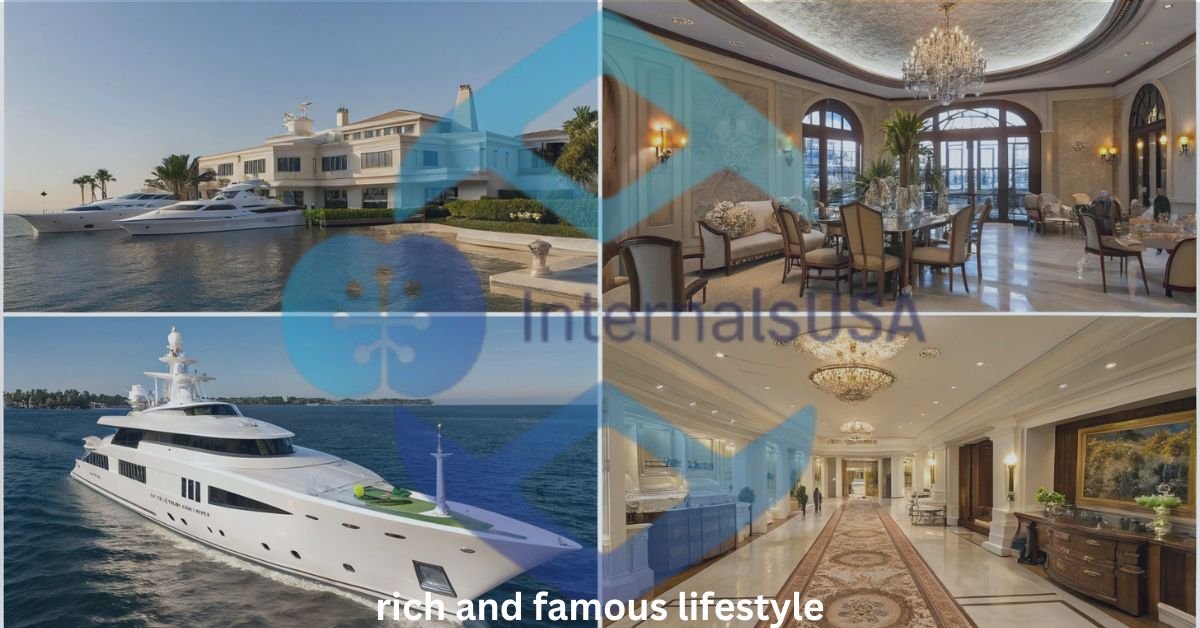






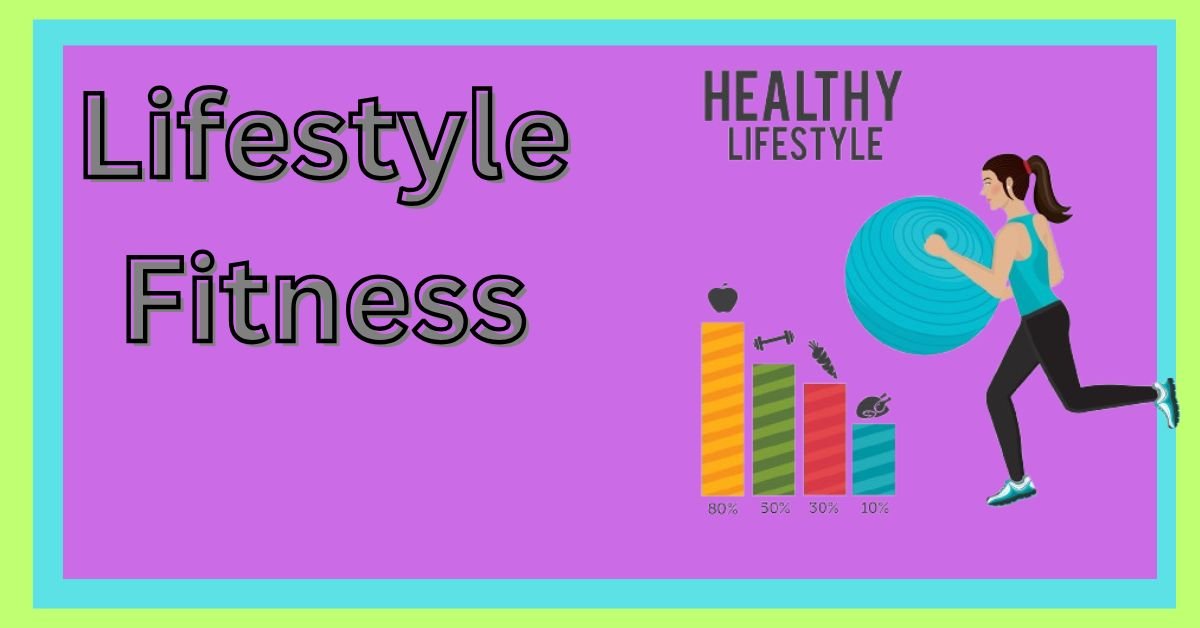




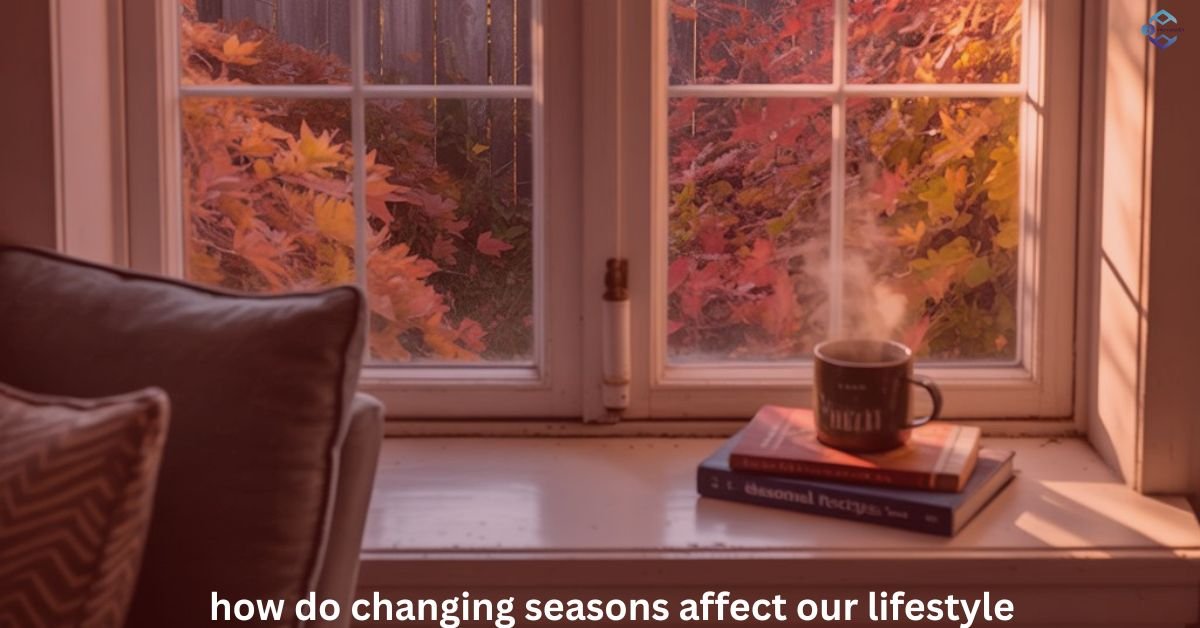

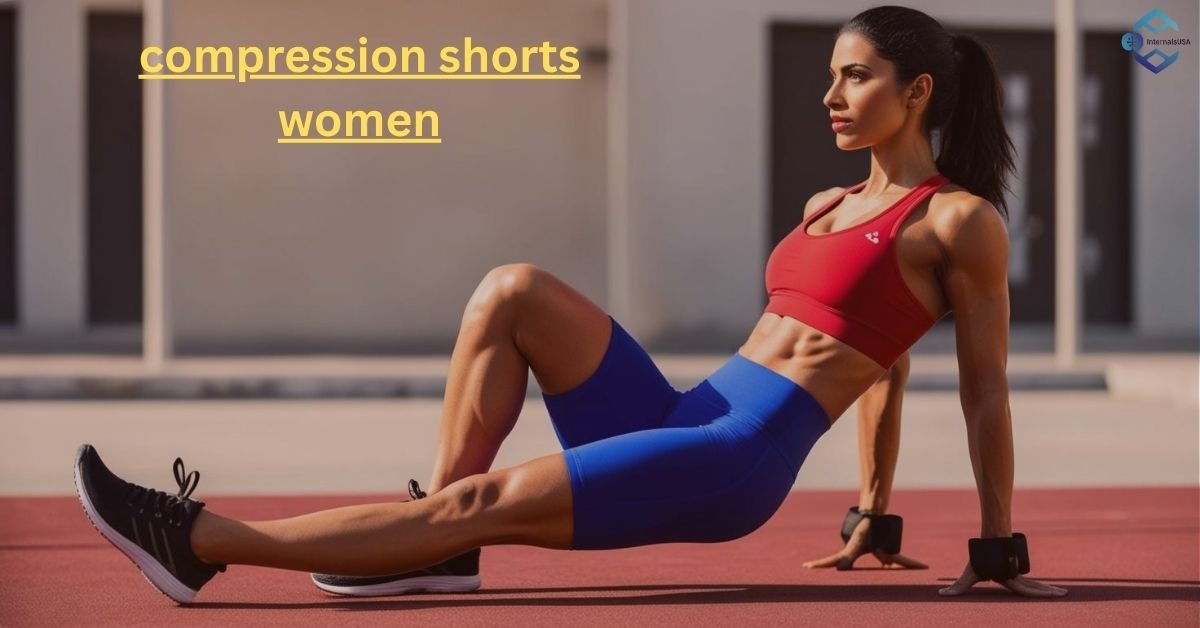
Leave a Reply